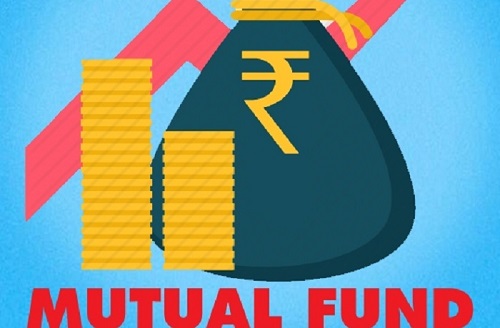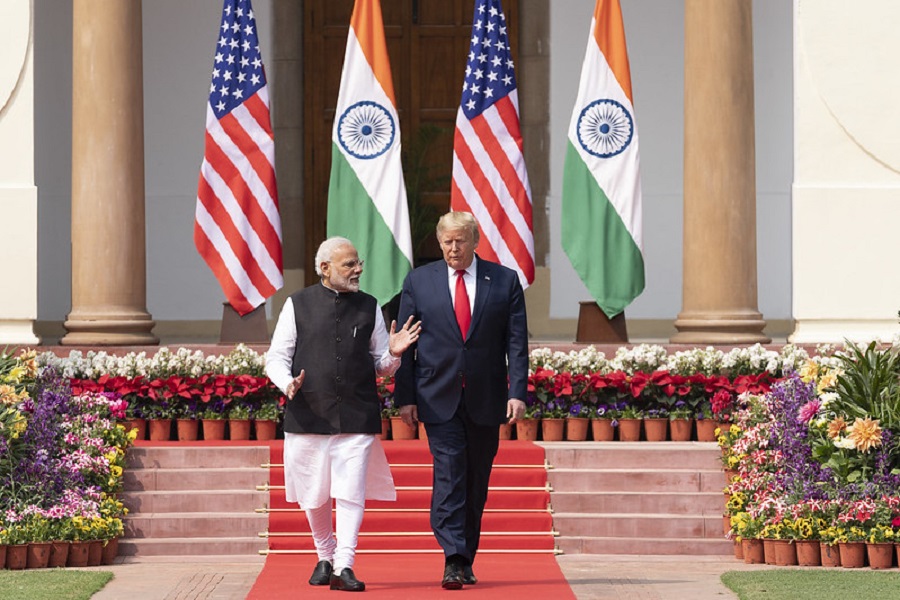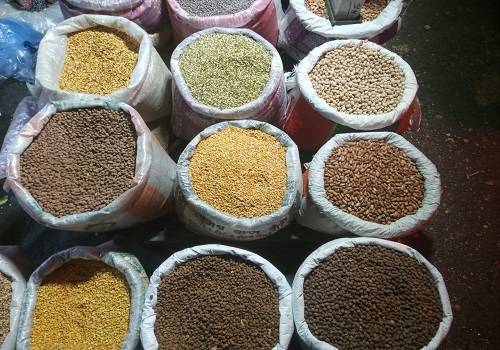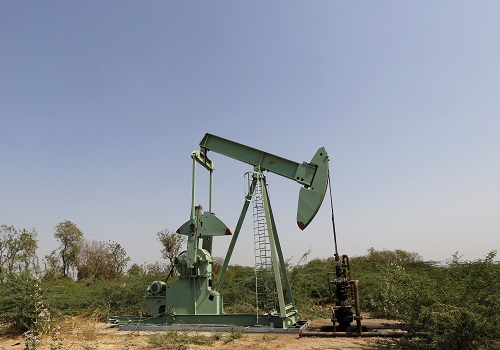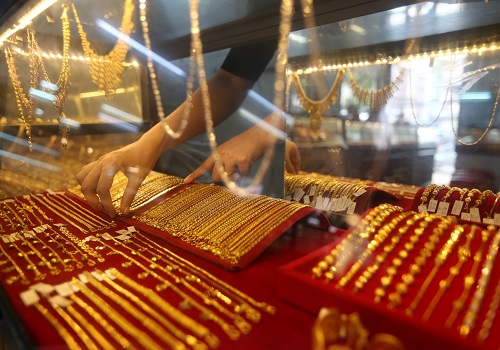Agri Commodity Technical Report 19 November 2024 - Geojit Financial Services Ltd

Follow us Now on Telegram ! Get daily 10 - 12 important updates on Business, Finance and Investment. Join our Telegram Channel
MARKET NEWS/UPDATES
* The government is considering lifting the suspension on futures trading of oil, oilseeds, and pulses, according to two senior government officials. "Representatives from the National Commodity & Derivatives Exchange have visited the government several times and made their representations. Current discussions are pointing towards the lifting of futures trade suspension from oilseed derivatives and pulses. However, any lifting of the suspension of paddy and wheat futures seems unlikely," the first official said. In 2021, the government imposed a ban on derivative trading in seven commodities--non-basmati paddy, wheat, chana, mustard seed and its derivatives, soybean and its derivatives, crude palm oil, and moong--for a year to check rising inflation. The ban was extended consecutively each year till December 2024. According to the second official, "There has been a considerable lobby from the NCDEX over the lifting. We also understand that the exchange is on the brink of shutting down if we do not allow futures to begin. However, the government will only take a decision basis where we stand in terms of market maturity and volatility. On that front, government is thinking of lifting the ban on oil, oilseeds, and pulses futures as it seems to be the right time." "We have already imposed import duties on oil. We think it is the right time for Indian market to grow," the official said, adding that while discussions are being held, a final decision will only be taken by the Inter-ministerial committee, headed by Home Minister Amit Shah. The government has recently permitted trading of yellow pea futures contracts on NCDEX, effective Oct 16. Moreover, a significant NCDEX lobby is pushing hard for the trade to be resumed. The NCDEX, after meeting with the government, will also send their representations to SEBI next week and press them to revoke the suspension of futures trade in the seven farm commodities, a top official of the bourse said. Exchange officials also seem optimistic of the government allowing futures trade in oilseeds and its derivatives, as India mostly imports to meet its cooking oil requirements. Last November, the government allowed the NCDEX to launch futures of crude sunflower oil. However, it did not remove the ban on mustard seed and its derivatives and soybean seed and its derivatives. The ban also continues on crude palm oil futures. Major oilseed producers like the Solvent Extractors' Association and Mustard Oil Producers Association of India have too been actively demanding the relaunch of futures trading. Against the overall demand of 25 mln tn of edible oil, India imports around 15 mln tn of edible oil from Indonesia, Malaysia, and Brazil where derivative trading is active. Soybean and palm oil prices on the Chicago Board of Trade and Bursa Malaysia Derivatives are considered benchmarks, respectively. Recent studies by the Birla Institute of Management Technology and Indian Institute of Technology, Bombay have concluded that futures trading will help discover prices domestically, reducing reliance on international price signals. The study highlighted the need for careful analysis of international price movements and trade patterns, as the ban on these commodities has hurt farmers, farmer-producing organisations, and other value chain participants.
* India's oilmeal exports in October rose 5% on year to 305,793 tonnes, according to data released by The Solvent Extractors' Association of India. However, total oilmeal exports during the first seven months of 2024-25 (Apr-Mar) were down 7% at 2.4 million tonnes, the data showed. This was mainly due to a drop in the export of rapeseed meal and castor seed meal, the association said. In October, exports of mustard meal fell to 160,653 tonnes from 169,422 tonnes a year ago. Similarly, during Apr-Oct, exports of rapeseed fell to 1.18 million tonnes from 1.51 million tonnes in the year-ago period. Bangladesh, South Korea, and Thailand are the major importers of rapeseed meal. Exports of castor seed meal fell to 27,960 tonnes in October from 31,469 tonnes a year ago, the association said. For Apr-Oct, exports of castor meal were down at 166,520 tonnes compared to 213,465 tonnes a year ago. Exports of soymeal in October surged to 114,384 tonnes from 87,060 tonnes a year ago. Similarly, soymeal exports in Apr-Oct rose to 1.02 million tonnes from 673,910 tonnes a year ago. This was due to higher imports of soybean meal by Iran, France, and the UAE, the association said. In Apr-Oct, 783,035 tonnes of oilmeal was exported from the Kandla port, against 608,159 tonnes a year ago, and a total of 581,288 tonnes were exported from the Mundra port, compared with 951,343 tonnes a year ago, the SEA said. During the same period, exports from Jawaharlal Nehru Port Trust in Mumbai rose to 384,001 tonnes from 192,748 tonnes a year ago, the association said. From the Kolkata port, the export of oilmeal was just 11,494 tonnes in Apr-Oct compared with 110,223 tonnes a year ago, as export of rice bran meal was banned. Oilmeal exports from other ports during the same period were 613,490 tonnes compared to 583,471 tonnes in the corresponding period last year, the SEA said. During Apr-Oct, India's oilmeal exports to Bangladesh fell 15.5% on year to 428,241 tonnes. Similarly, exports to Vietnam fell 51% to 153,377 tonnes, the data showed. Oilmeal exports to South Korea were at 433,060 tonnes, lower than 522,872 tonnes a year ago, the data showed. "Iran has turned out to be the largest importer of soybean meal from India (including shipment via Dubai) and imported 114,475 tonnes of soybean meal," the SEA said. In the case of rice bran meal, India exported 63 tonnes in October, compared to no exports last year.
* Farmers in Rajasthan have sown rabi crops over 5.9 million hectares as of Thursday, up 7.1% on year, according to a report released by the state's agriculture department. Chana acreage in the state rose slightly by 1.4% on year to 1.3 million hectares, the report showed. The total area under pulses was 1.4 million hectares, up from 1.3 million hectares a year ago. Chana is the largest variety of rabi pulses in the state. Rabi crops are sown during Oct-Nov after the monsoon rains are over, and the crops are harvested between April and June. Barley, wheat, gram or desi chana, and oil seeds such as rapeseed and mustard, are the key crops grown in the state during the rabi season. Rajasthan's target for rabi sowing this season is 12.0 million hectares. The area under rapeseed and mustard as of Thursday was 2.9 million hectares, down from 3 million hectares a year ago, according to the report. The total acreage of all oilseeds fell to 3 million hectares from 3.1 million hectares a year ago. Wheat acreage in the state so far rose to 705,602 hectares from 341,482 hectares a year ago, the report said. The area under barley rose to 137,461 hectares from 92,949 hectares a year ago.
For More Geojit Financial Services Ltd Disclaimer https://www.geojit.com/disclaimer
SEBI Registration Number: INH200000345
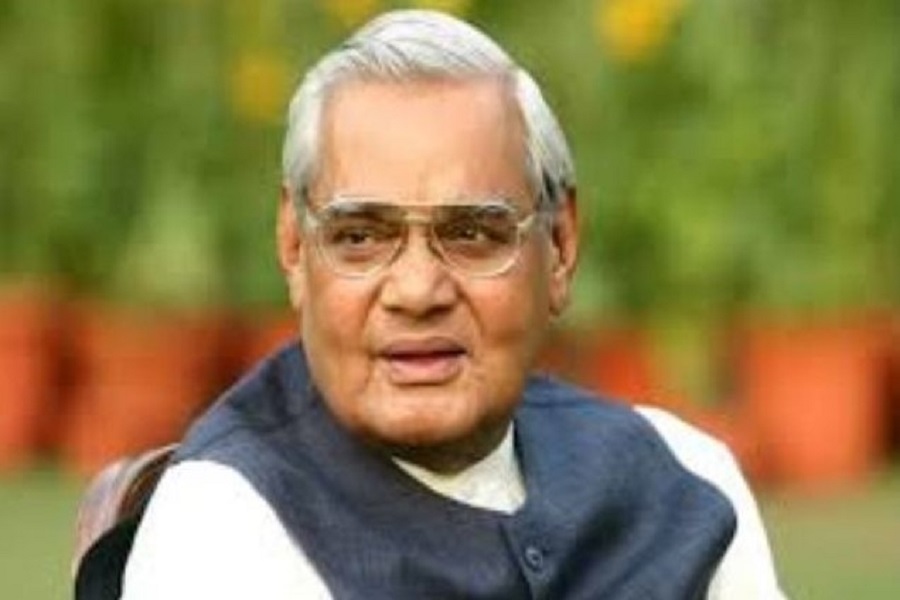
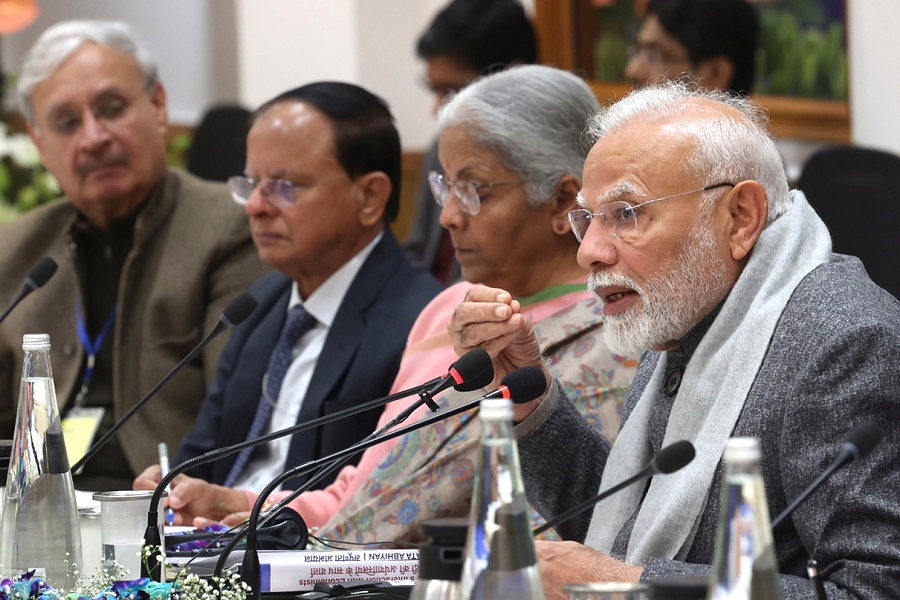










 320-x-100_uti_gold.jpg" alt="Advertisement">
320-x-100_uti_gold.jpg" alt="Advertisement">

